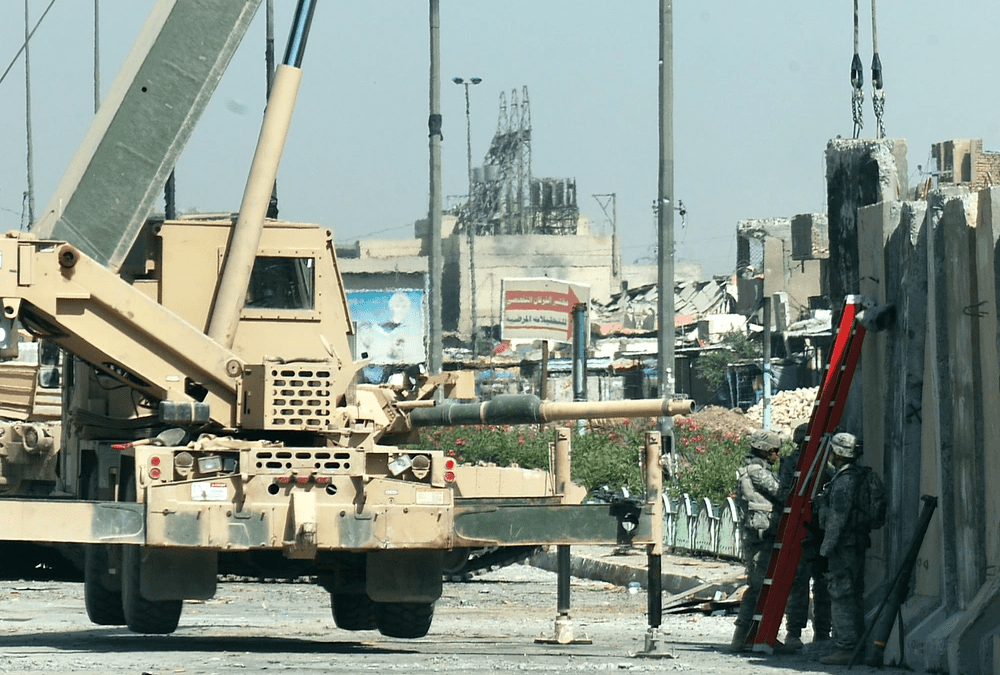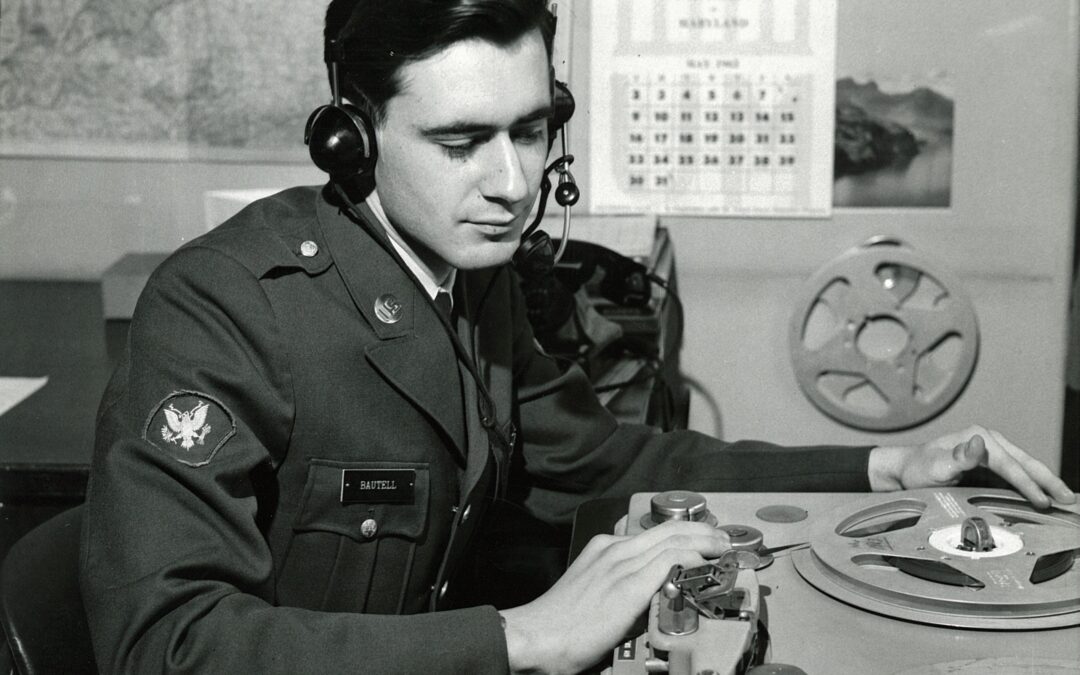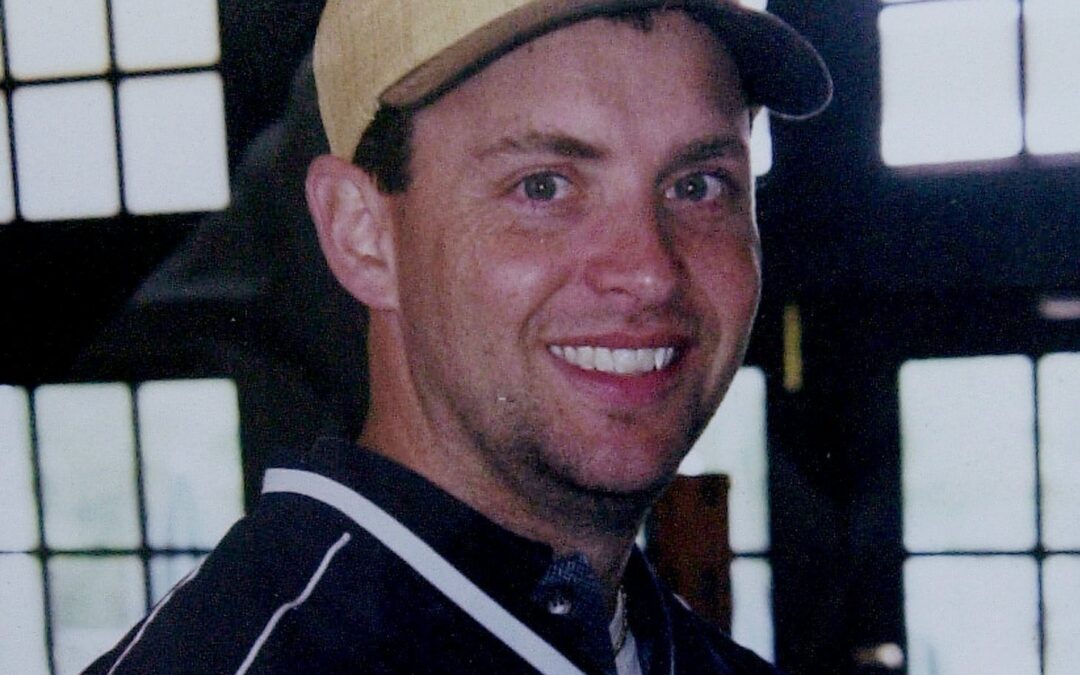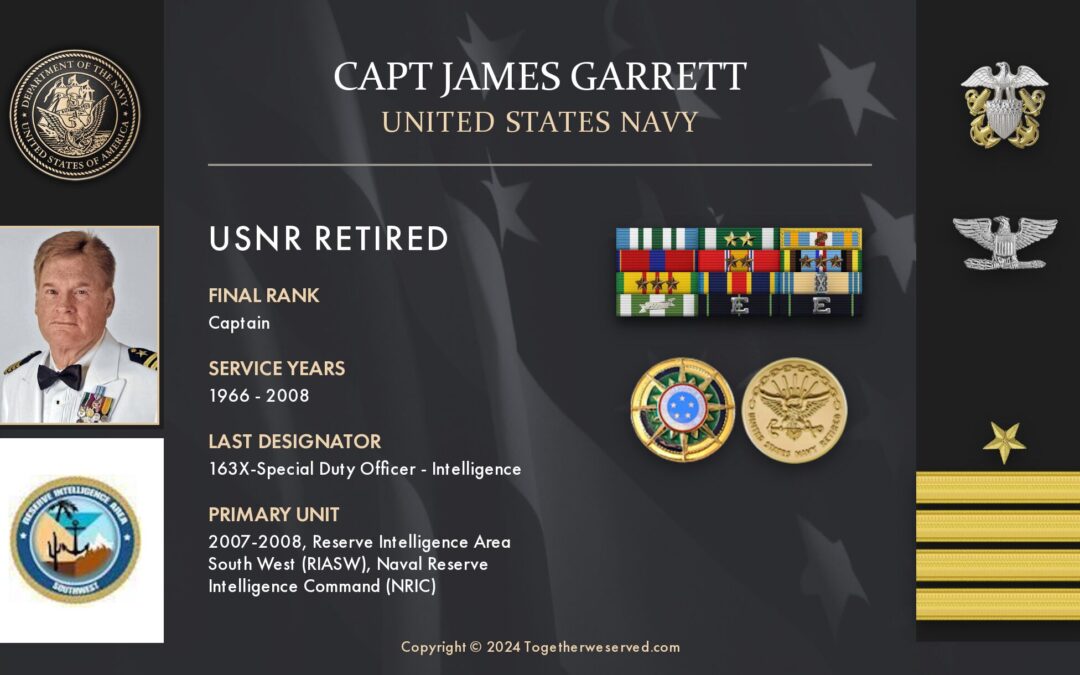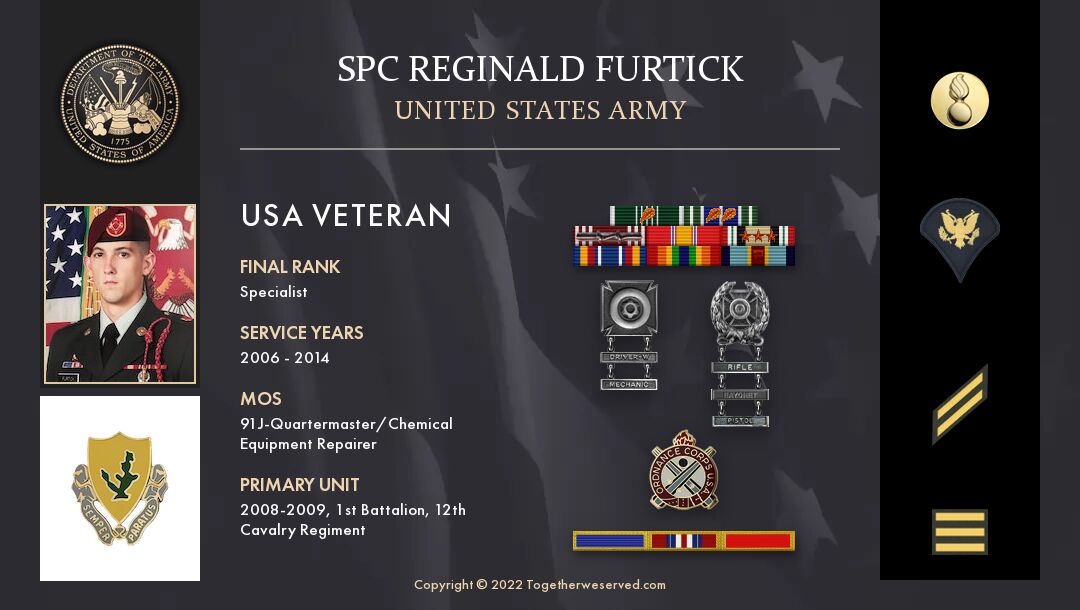Who or what influenced your decision to join the military? Which service branch did you select, and what do you remember most about joining up?:
What influenced me to enlist in the active army was the overwhelming urge to escape the abusive and toxic home environment I was in. I figured that there was nothing worse than the physical abuse I was receiving from my dad and constantly being called worthless, a loser, or a piece of sh* by my mother. Due to the constant physical and psychological abuse, I had a very low self-esteem, and self-worth and no clear sense of self-identity.”



